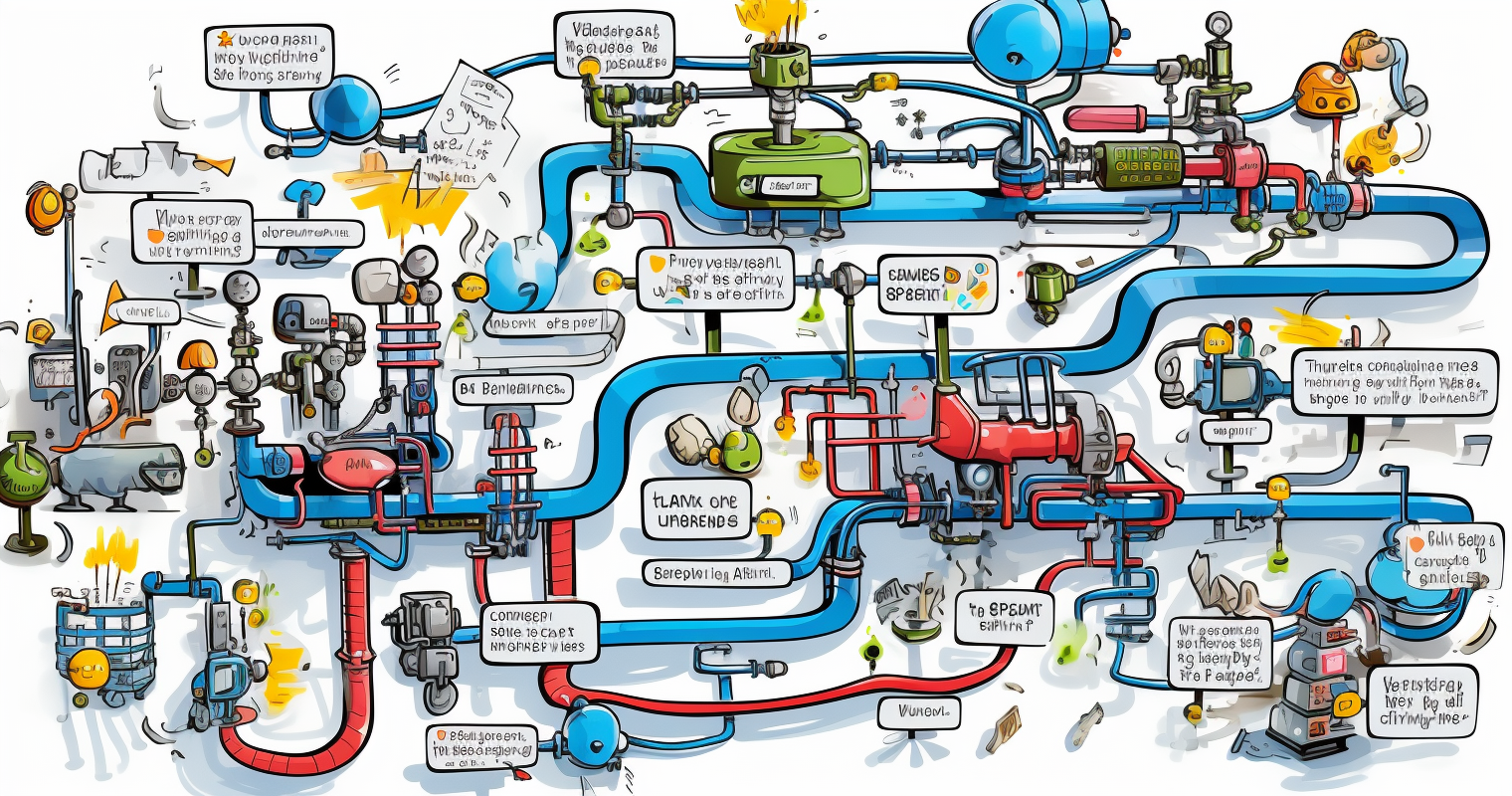
Agents vs. Workflow
In the realm of internet-based systems, integration and automation are two sides of the same coin, each indispensable to the other. Integration necessitates the automation of data exchange, while automation, in turn, relies on integration for data access. But what happens when we take this concept a step further? Enter the world of Autonomous Agents.
The Evolution of Integration and Automation
Initially, the task of integration was handled in-house, on a case-by-case basis, by middleware for large systems. However, the advent of the Internet brought about a paradigm shift with the introduction of Integration Platform as a Service (iPaaS). This innovation revolutionized the field, with players like Mulesoft catering to the enterprise space, and Zapier becoming a household name in the SMB space.
In the open-source domain, tools like n8n and Automatisch have emerged as on-premise and open source alternatives to Zapier. These platforms offer a multitude of advantages over traditional middleware. One of the most significant benefits is their code-free nature, which democratizes the process of integration. With iPaaS, users don't need to possess extensive coding knowledge to create and manage integrations. This not only simplifies the process but also accelerates deployment, as it eliminates the need for time-consuming coding. Furthermore, iPaaS platforms are cloud-based, providing scalability, flexibility, and the ability to integrate with a wide range of applications and services.
The Limitations of Current Integration Platforms
While these existing integration platforms offer valuable tools for creating and managing integrations, they have two fundamental limitations. These systems lack the capability for extensive reuse, monetization, or sale of the integrations created. This restricts the potential for the development of a thriving ecosystem of developers. They are also incompatible with Web3 technology, excluding a rapidly expanding user base and market, and most importantly, missing out on the opportunity to leverage blockchain economics.
A New Era: Autonomous Agents and Public Infrastructure
Our proposal is to construct a public infrastructure for workflow execution. This system would enable anyone to define a workflow that can then be securely executed by public nodes, with a financial incentive. Similar to smart contracts, the resulting workflows would operate autonomously, embedding the necessary economics within themselves. This transformation would elevate simple workflows into "autonomous agents". These agents could cover their own costs, generate income, and ultimately, profit. The ownership of these agents would be secured on-chain, enabling them to be transferred and sold like Non-Fungible Tokens (NFTs).
This system would seamlessly integrate any system - both Web2 and Web3 - and most importantly, create a market and ecosystem for developers to create new autonomous agents, nodes to execute these agents, and end users to benefit from more options and superior services.
The Similarities: Making Integration and Automation Easy
At first glance, Autonomous Agents and iPaaS systems may seem worlds apart. However, they share a common goal: to make integration and automation easy. Both technologies aim to simplify the process of connecting disparate systems and automating tasks, reducing the need for manual intervention and increasing efficiency.
For instance, consider the user interfaces of iPaaS platforms like Make, Zapier, n8n, and IFTTT. They are designed to be intuitive and user-friendly, allowing even non-technical users to create complex workflows with ease. Similarly, the creation of Autonomous Agents is designed to be straightforward, with workflows defined in a simple, declarative language that can be executed by an open-source environment.
The Differences: Beyond Integration and Automation
While iPaaS systems and Autonomous Agents share the goal of simplifying integration and automation, they differ significantly in their approach and capabilities. iPaaS systems are primarily focused on connecting different applications and automating tasks within a centralized system. They are powerful tools for streamlining processes and improving efficiency, but they are limited by their centralized nature and lack of interoperability with Web3 technologies.
On the other hand, Autonomous Agents take integration and automation to a new level. They operate independently, providing services for users, and accrue economic value. They can be used freely or in exchange for payment, creating an economy that allows agents to generate revenue while paying for their operation. Just like any other type of NFT, the agents and their intrinsic value can be transferred and sold on marketplaces that resemble those of popular NFTs. This further extends the network by creating a potentially lucrative market for the development of these agents.
Final Thoughts
In conclusion, while iPaaS systems and Autonomous Agents share a common goal of making integration and automation easy, they represent different stages in the evolution of these technologies. iPaaS systems have democratized integration and automation, making these capabilities accessible to a wide range of users. However, Autonomous Agents represent the next step in this evolution, combining the power of integration and automation with the potential of blockchain technology to create a new type of autonomous entity that can operate independently, provide services, and generate economic value.
What do you think? Are we on the brink of a new era of integration and automation, or are Autonomous Agents just a pipe dream? I'd love to hear your thoughts.